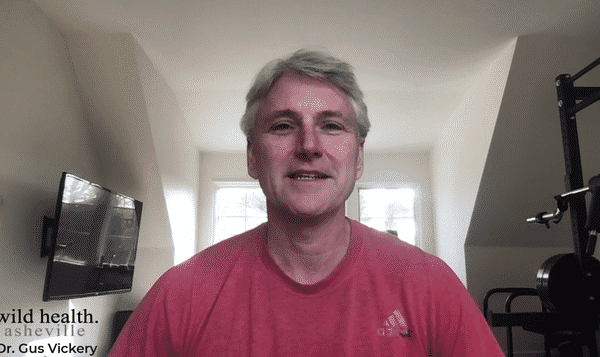It’s not just our imaginations: obesity in America is on the rise, and with it, chronic conditions like diabetes, heart disease, and metabolic syndrome. But why are Americans gaining weight when public health experts increasingly agree we’re not consciously choosing to overeat?
Our Food Environment
The way food is perceived and moved in America is a big part of the change in our weight. Since the 1960s, average weight in both men and women has increased. Women are, on average, 24 pounds heavier, and men are closer to 30 pounds heavier. Why? Because the most accessible, most enjoyable foods are typically the tastiest, cheapest foods served in increasingly large portions. The average fast-food sized meal is up 40% from the 1950s, according to the CDC.
Food is a source of socialization, entertainment, and comfort.
When we get together with friends, we often meet at restaurants or bars. Rewards for a job well done are often centered around food: got a raise or a promotion? We celebrate with a nice dinner. A child’s report card boasts all As? Sounds like a trip to an ice cream shop is in order.
With fast-paced careers, busy family events with our children active in sports or music lessons or other extracurricular activities, it’s sometimes easier to “just pick something up” for dinner on our way home. Two-income households are increasingly necessary, so one parent isn’t always home to have dinner on the table.
We need convenient, quick meals to keep ourselves going.
The result? In 2015, for the first time, Americans spent more money on eating out than eating at home.
A Multitude of Factors
But it’s not just our love of convenience food that’s contributed to our expanding waistlines.
-
We drink more sugary drinks than ever before: soda, energy drinks, and fancy coffee. Empty calories with a caffeine boost changes where our energy comes from, and when that energy wanes, we grab another cup to go instead of looking for nutrient-rich foods to consume. Americans lead the world in soda consumption.
-
Advertising for unhealthy, scrumptious looking food in huge portions is the norm, so we don’t even realize we’re overeating. Supersize is the new normal.
-
Our meals are more dessert-like than ever, just like our coffee. For example, we don’t bat an eye at whip cream or chocolate covered pancakes, donuts in more varieties than some dessert menus, or cupcakes for breakfast.
Supply and Demand
Healthy food costs more. The cheapest options for low-income families are often the highest calorie, processed options. Dinner in a box with processed carbs and seasoning powder to flavor the sauce costs less than $2-$3, and can satiate hunger as much as a quality grouping of protein and nutrient rich meats and vegetables for five times the price. Preservative and filler laden food abounds. Just add water!
According to the USDA, our fruits and vegetable consumption is inadequate at best. Only 10% of Americans get the recommended amounts, and for the other 90% of us, our vegetable intake is woefully simplistic. Half our veggie consumption consists of potatoes and tomatoes. There’s no variety in that.
But what if we were to start consuming the daily fruits and vegetables health officials recommend? The US would face a food shortage. There is not enough healthy food in enough variety for our country to eat quantities of fruits and vegetables as recommended by health officials.
It’s Not About Choice. It’s About Environment.
America’s not consciously overeating. We’ve been conditioned to go for the most convenient, easiest to consume food to accommodate our busy lives. We’ve learned it’s smart to get the greatest value for our dollars. This means bigger portions, cheaper options full of fillers like potatoes, sugary energy sources like soda or coffee, and of course, the All-American Value Meal in the drive thru. When our environment reinforces these behaviors, is it any wonder our stats—both on the scale and in the doctor’s office—are going up?








